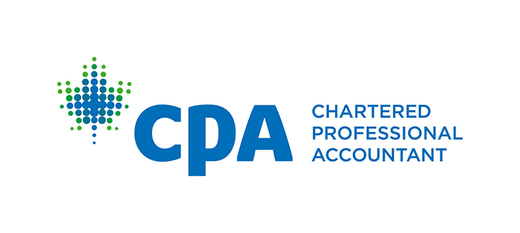Understanding T4 Slips: Essential Guide for Employers
7/16/20251 min read


What is a T4 Slip?
A T4 slip, also known as the Statement of Remuneration Paid, is a vital document in the Canadian payroll system. Employers are required to issue this slip for any payments made to employees, including salaries, wages, bonuses, and commissions. The T4 slip serves as an official record of income earned throughout the tax year, allowing employees to accurately report their earnings when filing their income tax returns.
Requirements for Issuing a T4 Slip
There are several key requirements that employers must adhere to when issuing a T4 slip. Firstly, you must report total income, which includes any salary, wages, bonuses, commissions, and any taxable benefits or allowances provided to employees. Additionally, it is essential to include deductions such as Canada Pension Plan (CPP) contributions, Employment Insurance (EI), and applicable income tax. Furthermore, if employers provide vacation pay, honorariums, or tips controlled by the employer, these must be included as well.
Another important stipulation is that the T4 slips must be filed with the Canada Revenue Agency (CRA) by February 28 of the following year. If this date falls on a weekend, the submission is due on the next business day. Employers may face penalties for failing to meet this deadline, making prompt action critical.
Fulfilling Your Responsibilities as an Employer
It is the responsibility of employers to ensure that T4 slips are not only submitted to the CRA but also provided to employees. Each employee should receive a copy of their T4 slip, which they can then use for their tax filings. It is advisable for employers to also utilize their RP payroll account number when submitting these forms to streamline the process further.
In summary, issuing a T4 slip is a fundamental obligation for employers in Canada. It streamlines the reporting of payroll income, including regular payments, bonuses, and any additional taxable benefits, ensuring compliance with CRA regulations. By understanding the requirements and deadlines involved, employers can avoid common pitfalls, thereby simplifying tax time for both themselves and their employees. Remember, timely filing, accuracy in reporting, and proper record-keeping are your best tools for effective payroll management.
